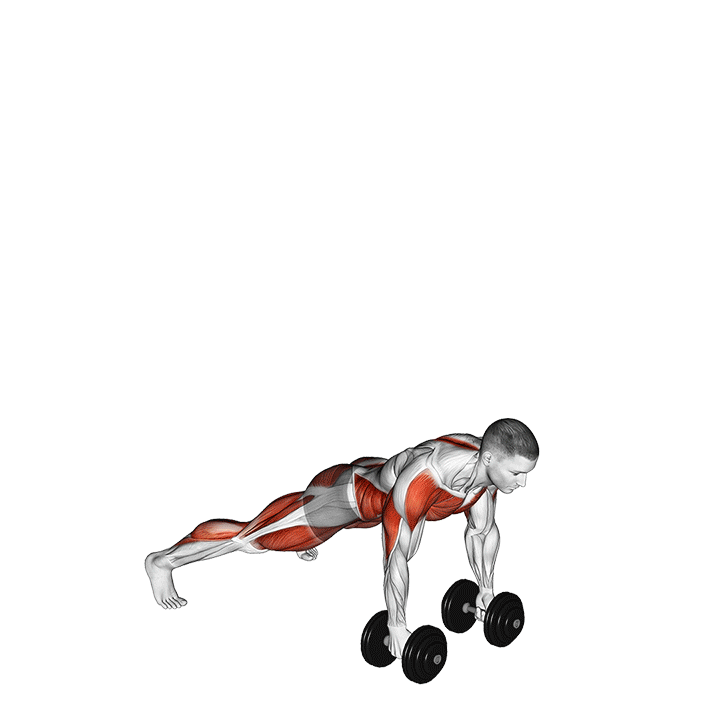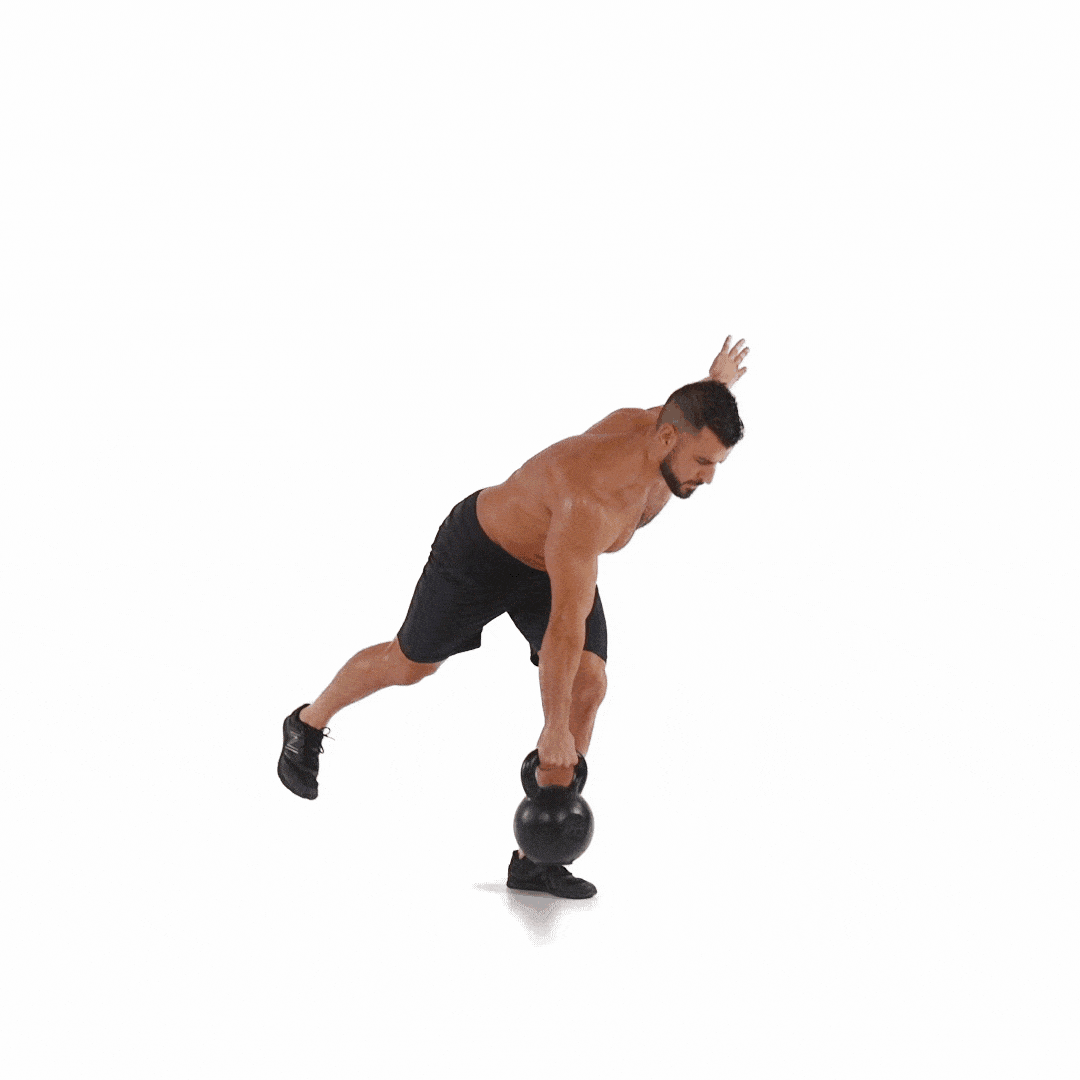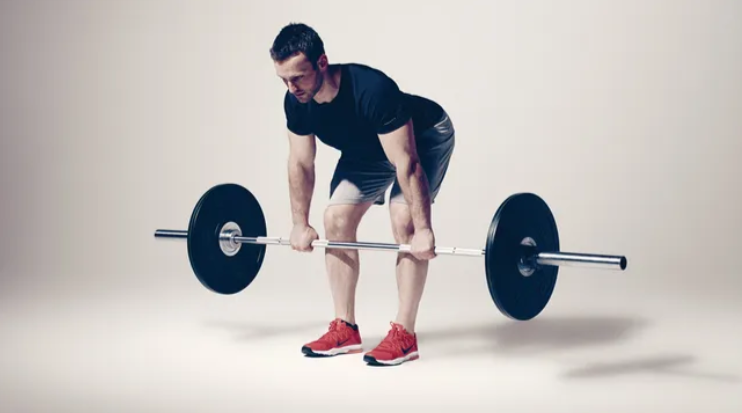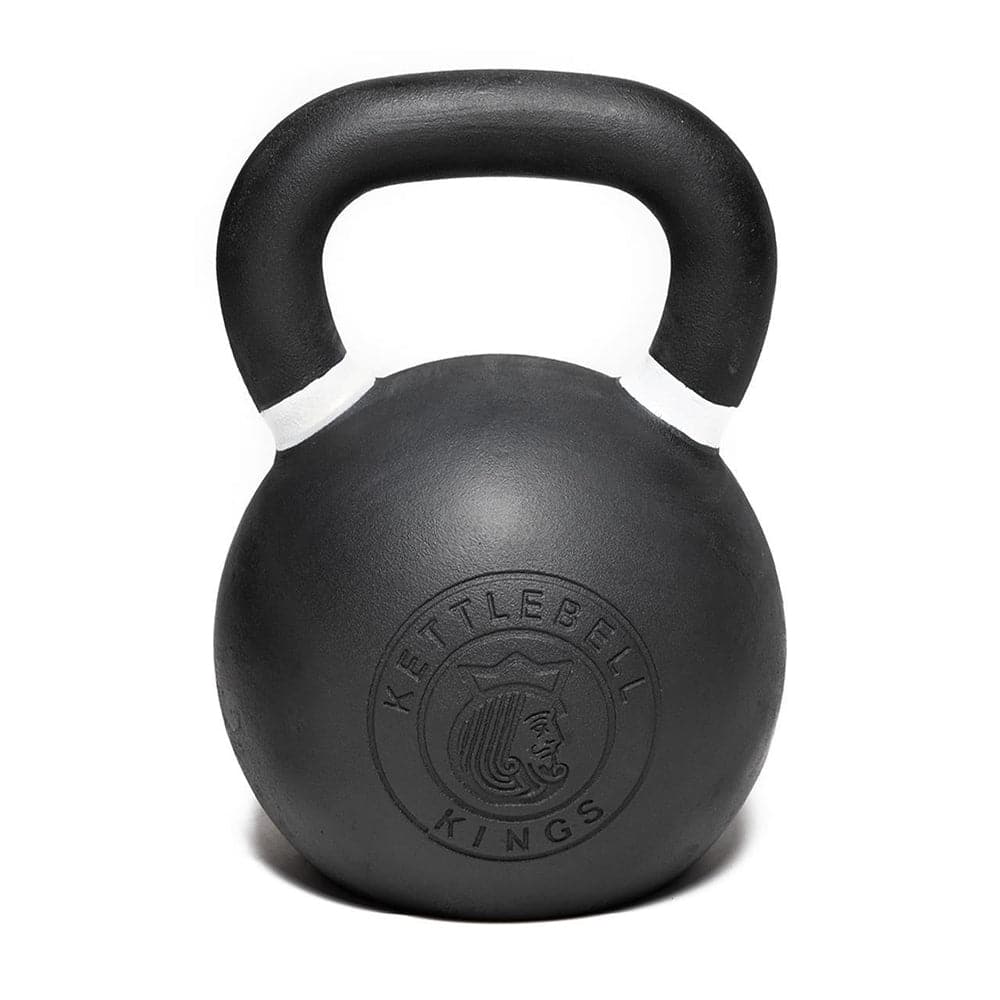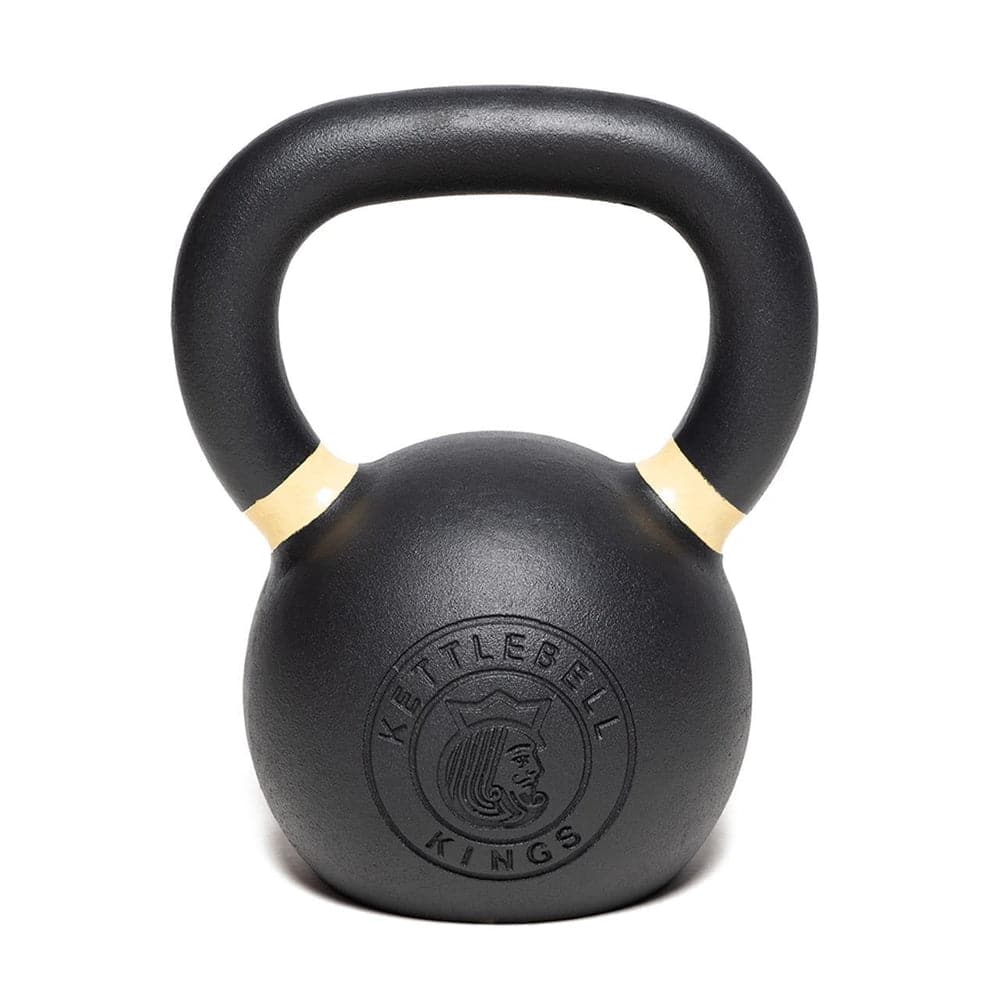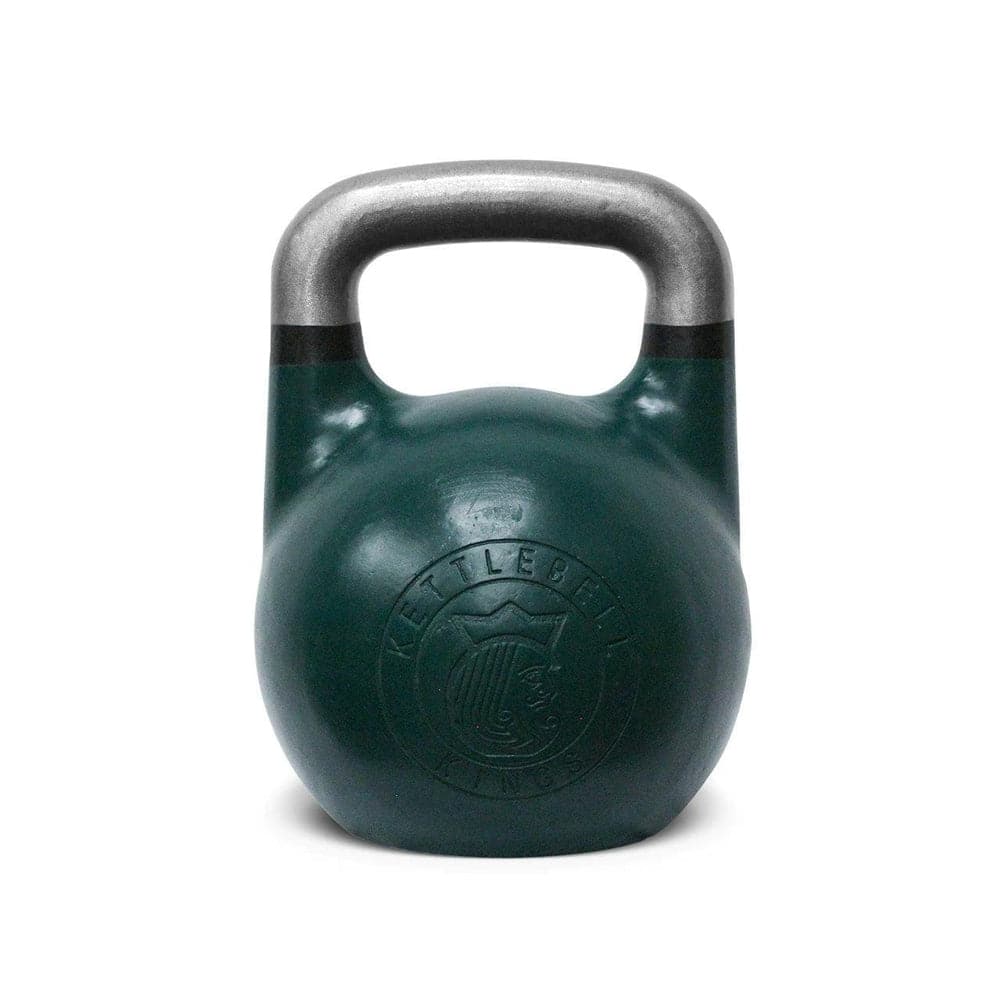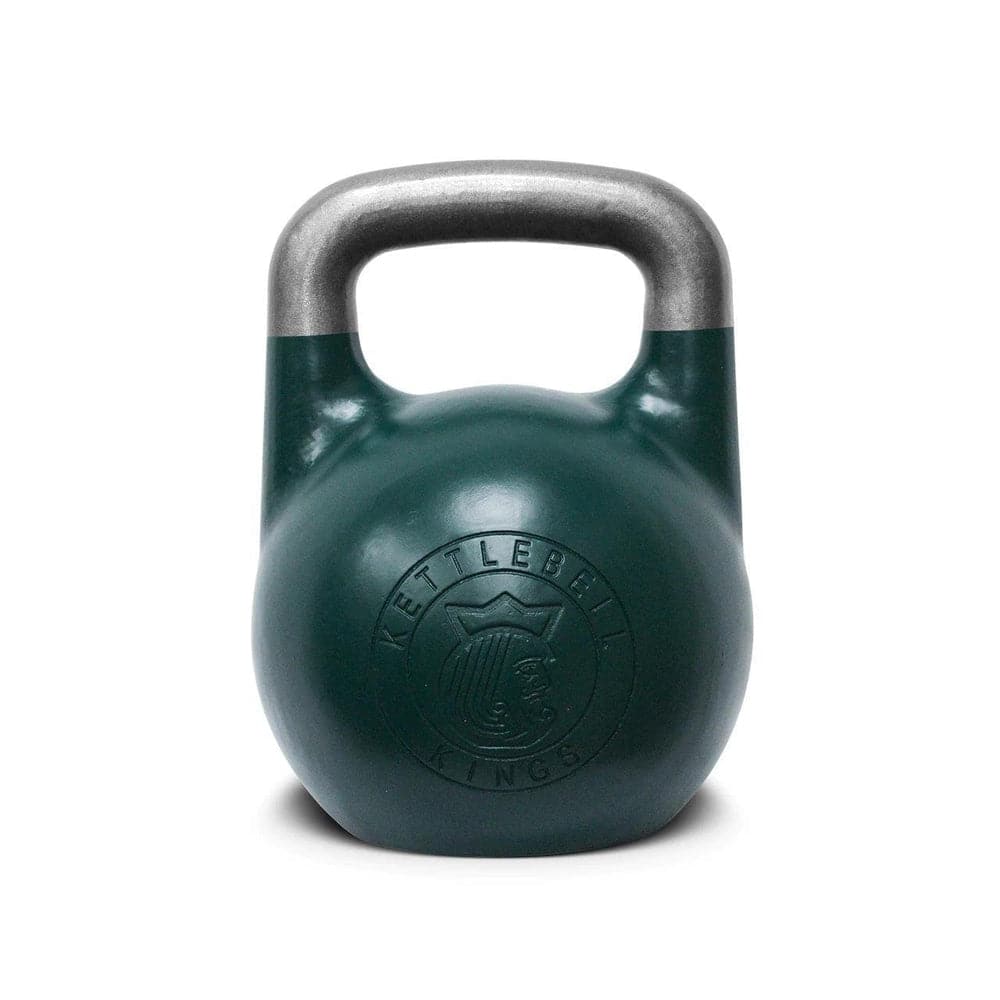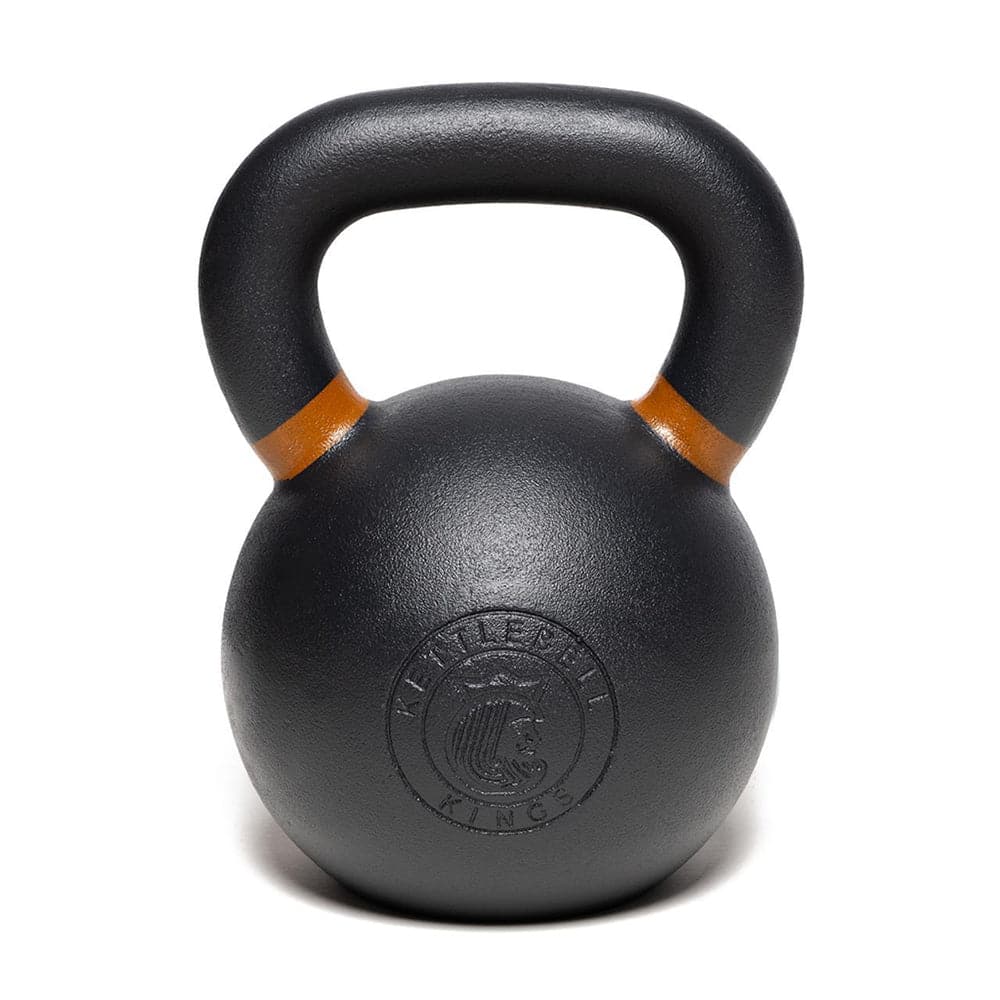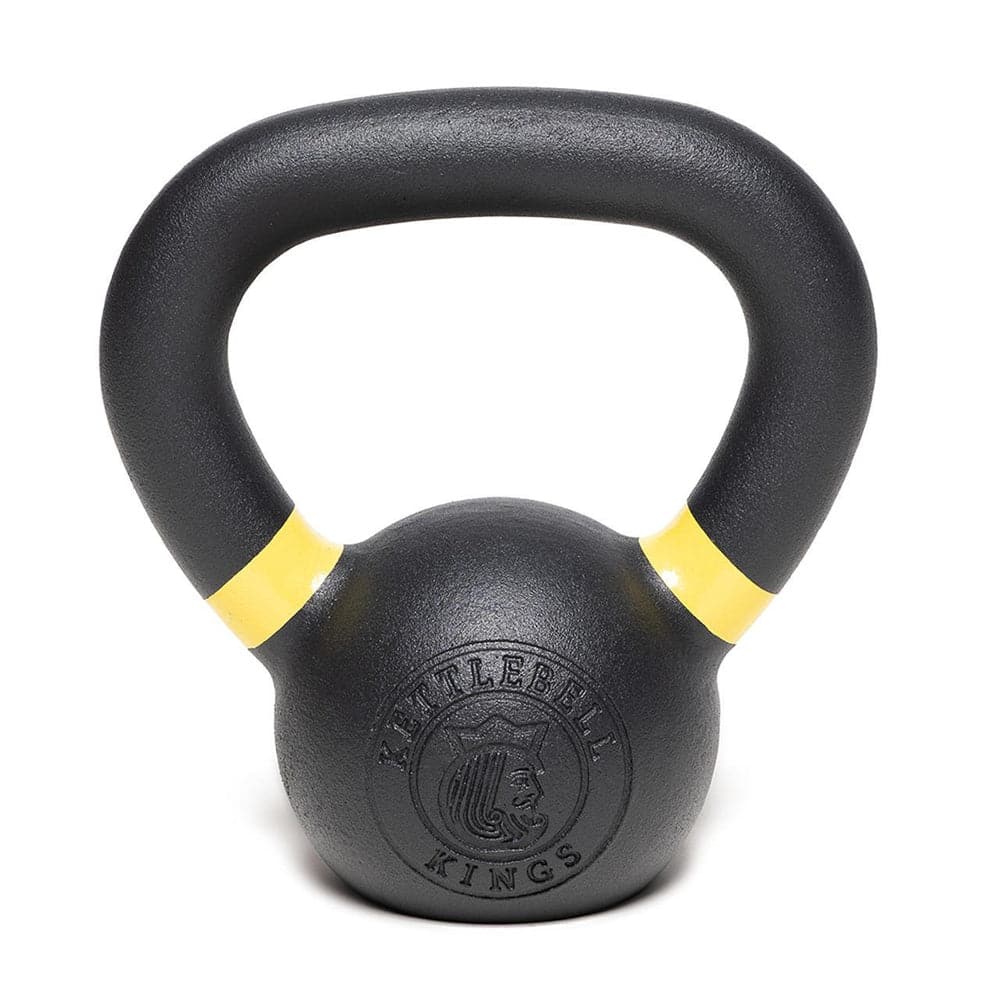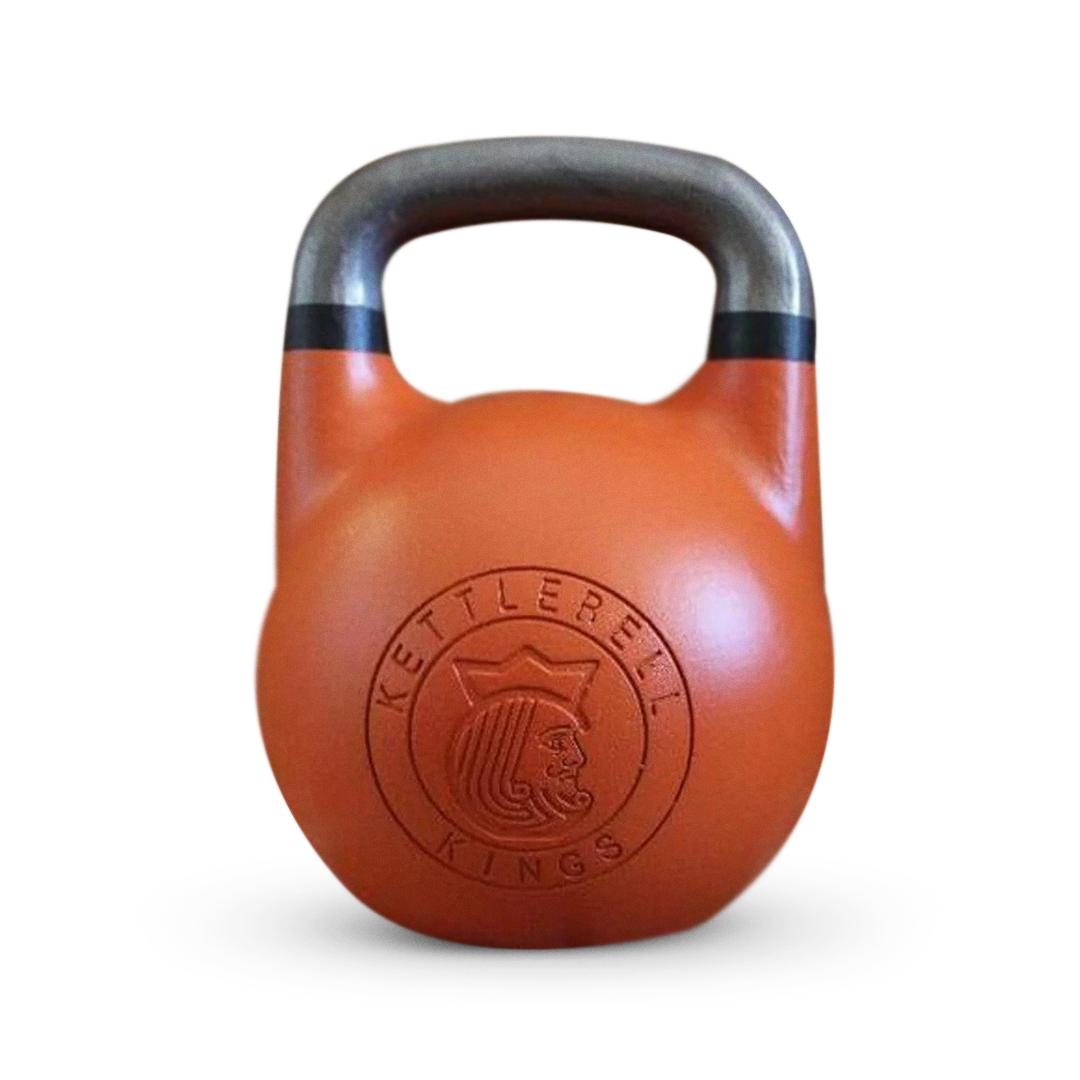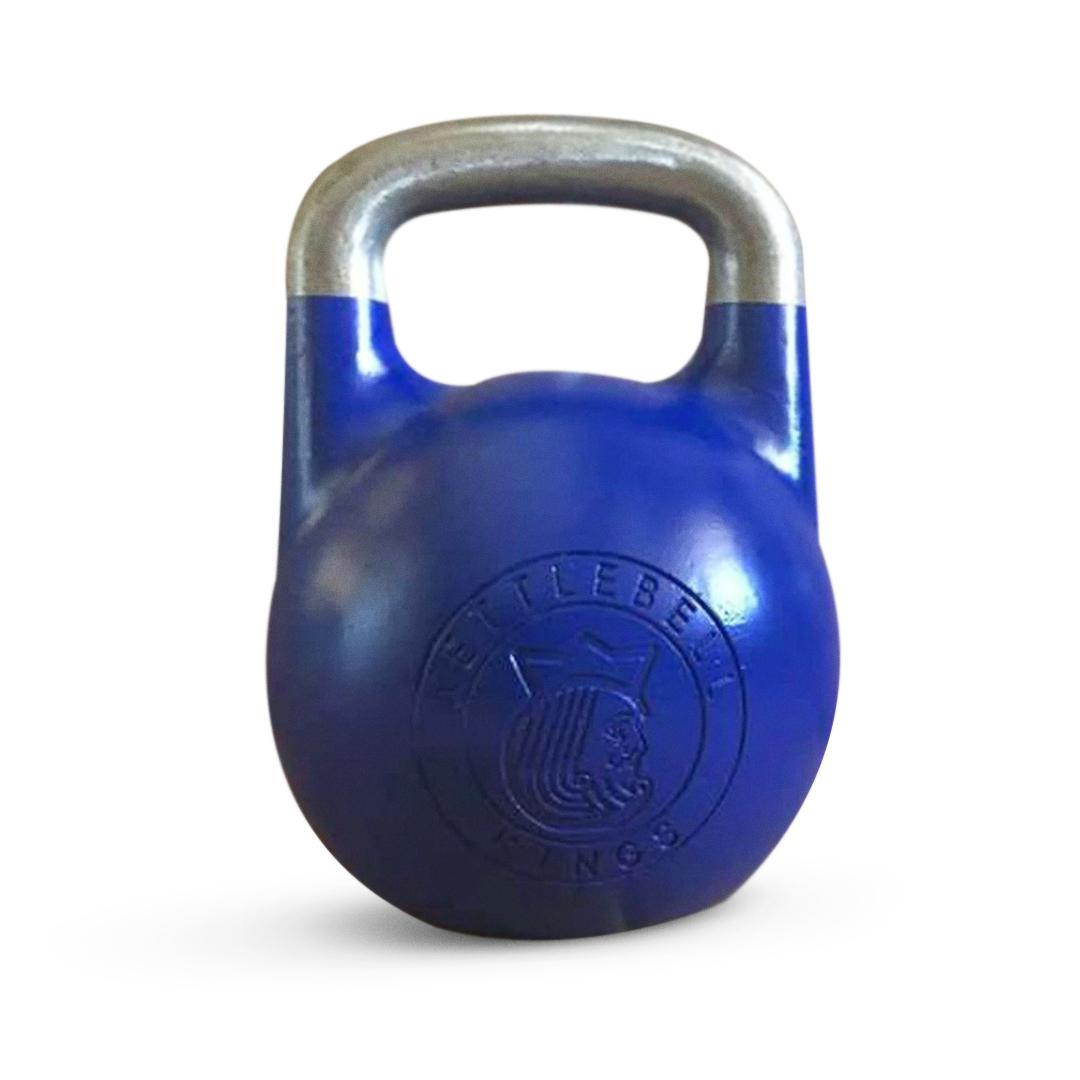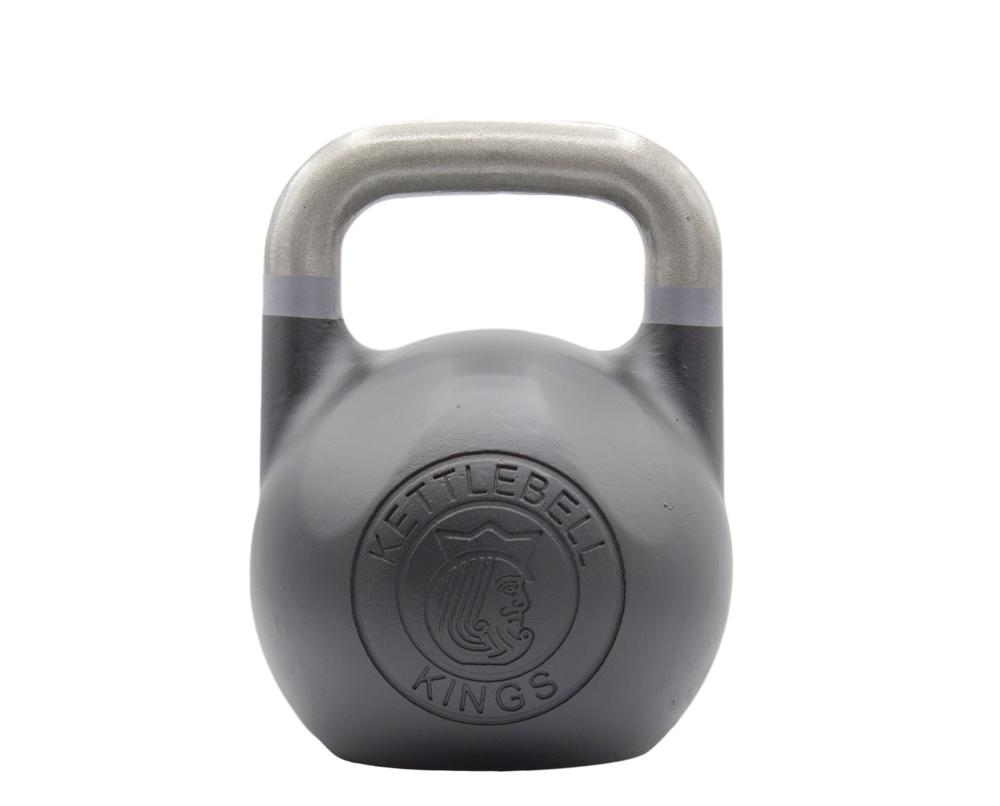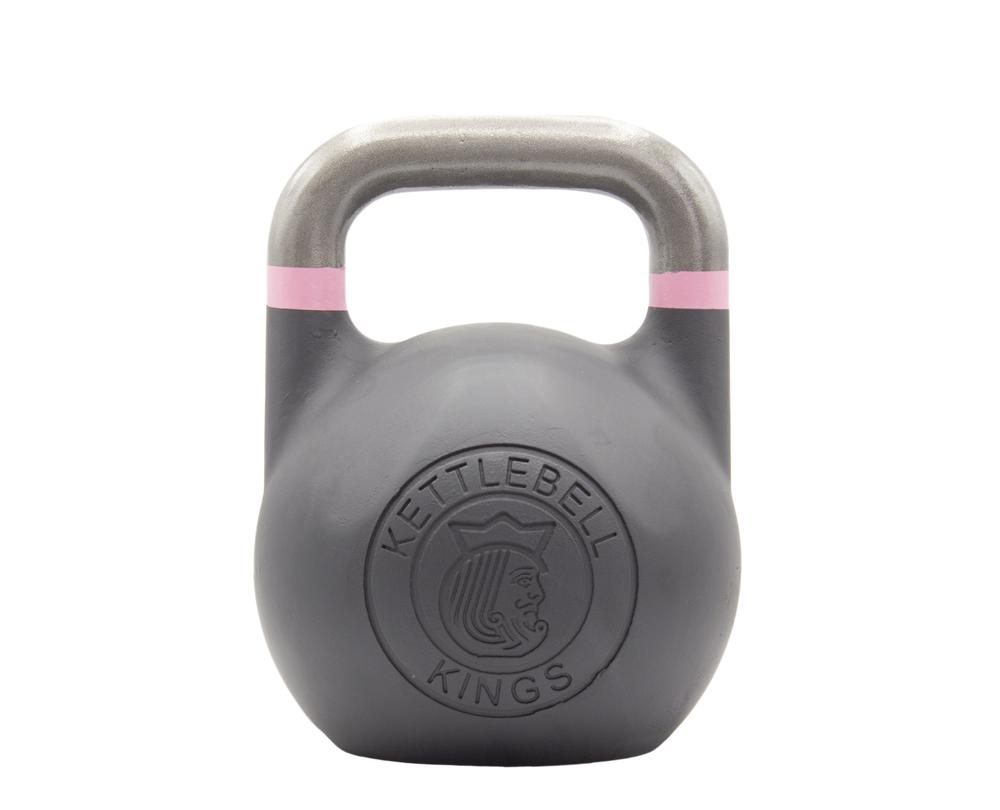In the world of fitness, certain exercises stand out for their ability to challenge the body comprehensively while offering a unique blend of strength and cardiovascular benefits. One such exercise that has gained popularity in recent years is the Devil's Press, also known as the Dumbbell Burpee Clean and Press. This compound movement combines elements of a burpee, dumbbell clean, and overhead press, making it a powerhouse exercise for building strength, endurance, and coordination.
In this guide we will delve into what are the benefits, how to incorporate and what are some variations of Devil’s Press.
What is the Devil's Press?
The Devil's Press is a complex exercise that integrates several fundamental movement patterns into one seamless motion.
The Devil's Press requires coordination, strength, and cardiovascular endurance due to its demanding nature. Each phase of the exercise flows seamlessly into the next, creating a continuous and challenging movement pattern that engages multiple muscle groups simultaneously.
This exercise is particularly effective for developing explosive power in the legs and hips (during the clean phase), strength and stability in the shoulders and arms (during the press phase), and overall cardiovascular endurance due to the dynamic nature of the movement.
When performing the Devil's Press, it's essential to prioritize proper form and technique to prevent injury and maximize the exercise's effectiveness. Start with lighter weights to master the movement pattern before progressing to heavier loads. Additionally, listen to your body and adjust the intensity as needed to suit your fitness level and goals.
Incorporating the Devil's Press into your workout routine can provide a challenging and rewarding full-body workout that targets multiple muscle groups while improving overall strength and conditioning.
How to Perform Devil’s Press?
The Devil's Press is a dynamic and multifaceted exercise that combines several fundamental movement patterns into a single fluid motion. This compound movement challenges the body both physically and aerobically, making it a favourite among athletes and fitness enthusiasts looking to maximise their workout efficiency.
To break down the components of the Devil's Press:
Starting Position
- Stand upright with a dumbbell in each hand at your sides.
- Feet should be shoulder-width apart, ensuring a stable base.
Burpee Phase
- Begin by lowering into a squat position, ensuring your back remains straight and your core engaged.
- Place the dumbbells on the ground in front of you while maintaining a strong grip.
- Kick your feet back into a plank position, ensuring a straight line from head to heels.
- Execute a push-up if desired, engaging your chest, triceps, and core muscles.
- Jump your feet back towards your hands, returning to the squat position.
Dumbbell Clean
- From the squat position, use your legs and hips to explosively stand up, simultaneously pulling the dumbbells off the ground.
- As you stand up, maintain a strong grip on the dumbbells and use the momentum generated to "clean" the dumbbells up towards your shoulders.
- Keep your elbows close to your body during this phase to maximise efficiency and minimise strain on the shoulders and wrists.
Overhead Press
- Once the dumbbells reach shoulder height, smoothly transition into the overhead press.
- Press the dumbbells overhead, extending your arms fully while keeping your core tight to stabilise your body.
- Lock out your elbows at the top of the movement, ensuring full extension to engage the shoulders and triceps effectively.
Return to Starting Position
- Lower the dumbbells back down to shoulder height with control.
- Lower the dumbbells back to the ground in a controlled manner, transitioning smoothly into the next repetition.
Benefits of the Devil's Press
Incorporating the Devil's Press into your workout routine offers a wide array of benefits that contribute to overall fitness and performance. Let's explore these benefits in more detail:
Full-Body Conditioning
The Devil's Press is a compound exercise that engages numerous muscle groups simultaneously, making it highly effective for full-body conditioning. The key muscle groups targeted include:
- Shoulders, The overhead press component of the Devil's Press heavily involves the deltoid muscles, contributing to shoulder strength and stability.
- Chest, During the burpee phase, the chest muscles are engaged during the push-up, helping to develop upper body strength and endurance.
- Legs, The squat and explosive standing phase of the Devil's Press activate the quadriceps, hamstrings, and glutes, enhancing lower body strength and power.
- Core, Throughout the entire exercise, the core muscles are engaged to stabilise the body and facilitate efficient movement, promoting core strength and stability.
Cardiovascular Endurance
The Devil's Press is a high-intensity exercise that elevates heart rate rapidly, making it an excellent cardiovascular conditioning tool. The continuous and dynamic nature of the movement requires significant cardiovascular effort, improving aerobic capacity and overall endurance.
Performing Devil's Press in a circuit or as part of a high-intensity interval training (HIIT) routine can enhance cardiovascular fitness, leading to improved heart health and increased calorie burn.
Strength Development
The Devil's Press is not only effective for cardiovascular conditioning but also for building strength throughout the body. The exercise targets major muscle groups in both the upper and lower body, promoting functional strength development that translates to everyday activities and sports performance.
- Upper Body, The overhead press component strengthens the shoulders, triceps, and upper back muscles.
- Lower Body, The squatting and explosive standing phases develop strength and power in the legs, including the quadriceps, hamstrings, and glutes.
- Core, The core muscles work continuously to stabilise the body during each phase of the exercise, leading to improved core strength and endurance.
Efficiency
One of the standout benefits of the Devil's Press is its efficiency. By combining multiple movements into one exercise, the Devil's Press allows you to maximise workout time and target multiple fitness components simultaneously. This makes it ideal for individuals with busy schedules or those looking to optimise their training sessions.
Performing Devil's Press regularly can contribute to improved overall fitness, including increased muscle mass, enhanced endurance, and improved body composition.
Execution Technique
Proper form is crucial for maximising the benefits of the Devil's Press and minimising the risk of injury:
- Maintain Core Stability, Keep your core engaged throughout the exercise to protect your lower back.
- Controlled Movements, Focus on controlled movements during each phase of the exercise, especially during the clean and press.
- Breathing, Inhale during the descent and exhale during the press phase.
- Start Light, Begin with lighter dumbbells to master the technique before progressing to heavier weights.
Variations and Modifications
The Devil's Press is a versatile exercise that can be modified and adapted to suit different fitness levels, goals, and equipment availability. Here are a few variations of the Devil's Press along with instructions on how to perform them:
1. Single Dumbbell Devil's Press
Equipment Needed, One dumbbell
How to Perform
- Start in a standing position with a dumbbell held in one hand.
- Perform a traditional burpee by squatting down, placing the dumbbell on the ground, kicking your feet back into a plank position, and then jumping your feet forward.
- Use the momentum from standing up to pull the dumbbell to your shoulder in a clean motion.
- Press the dumbbell overhead while maintaining stability and control.
- Lower the dumbbell back down to the shoulder and then down to the ground.
- Repeat the movement on the same side for the desired number of repetitions before switching to the other side.
Benefits,This variation allows you to focus on each side of the body independently, challenging stability and coordination while still providing a full-body workout.
2. Kettlebell Devil's Press
Equipment Needed, Two kettlebells
How to Perform
- Begin with a kettlebell in each hand, standing with your feet shoulder-width apart.
- Perform a burpee by squatting down, placing the kettlebells on the ground, kicking your feet back into a plank position, and then jumping your feet forward.
- Use the momentum from standing up to swing the kettlebells up to your shoulders in a clean motion.
- Press the kettlebells overhead simultaneously.
- Lower the kettlebells back down to the shoulders and then down to the ground.
- Repeat the movement for the desired number of repetitions.
Benefits: Using kettlebells adds an element of grip strength and stability to the exercise, enhancing overall coordination and muscular endurance.
3. Dumbbell Devil's Press with Renegade Rows
Equipment Needed, Two dumbbells
How to Perform
- Hold a dumbbell in each hand in a plank position with hands directly under shoulders.
- Perform a renegade row by pulling one dumbbell up towards your hip while stabilizing your body with the other arm.
- Place the rowed dumbbell back down, then perform a push-up.
- Jump your feet forward towards the dumbbells, then explosively stand up while cleaning the dumbbells to your shoulders.
- Press the dumbbells overhead.
- Lower the dumbbells back down to the shoulders and then down to the ground.
- Repeat, alternating the rowing arm with each repetition.
Benefits,This variation adds an additional challenge by incorporating renegade rows, which target the back muscles and core while still engaging the upper body and cardiovascular system.
4. Bodyweight Devil's Press
Equipment Needed, None (bodyweight only)
How to Perform
- Start in a standing position with your feet shoulder-width apart.
- Lower into a squat position, then place your hands on the ground.
- Kick your feet back into a plank position.
- Perform a push-up (optional).
- Jump your feet forward towards your hands, then explosively stand up and jump, reaching your hands overhead.
- Land softly and repeat the movement for the desired number of repetitions.
Benefits, This variation allows you to perform the Devil's Press using only your bodyweight, making it accessible and effective for improving cardiovascular endurance and overall conditioning.
Clean & Jerk Devil’s Press
Equipment Needed, Two dumbbells
How to Perform
Stand with a dumbbell in each hand, feet shoulder-width apart, dumbbells at your sides.
- Squat slightly and explode up, pulling dumbbells to shoulders.
- Catch dumbbells at shoulder height, elbows under.
- Dip at knees, then drive up explosively, pressing dumbbells overhead.
- Lock out elbows, stabilize dumbbells overhead.
- Lower dumbbells to shoulders,Squat down, place dumbbells on ground.
- Kick feet back to plank position, perform push-up.
- Jump feet forward towards dumbbells, Stand up explosively, clean dumbbells to shoulders.
- Press dumbbells overhead.
- Continue flow for desired reps.
Benefits, Enhances explosive power, strength, and cardiovascular endurance. Targets multiple muscle groups for comprehensive conditioning.
Tips for Performing Variations
- Focus on Form: Maintain proper technique throughout each variation to minimize the risk of injury and maximize effectiveness.
- Start Light: If you're new to these variations, begin with lighter weights or fewer repetitions to build strength and confidence.
- Progress Gradually: As you become more comfortable with the variations, gradually increase the weight or intensity to continue challenging your body.
Incorporating these variations into your workout routine can help keep your training sessions engaging and effective while targeting different muscle groups and fitness components. Adjust the difficulty level based on your fitness level and goals, and always prioritise safety and proper form during exercise.
Muscles worked by Devil’s Press
The Devil's Press is a compound exercise that engages multiple muscle groups simultaneously, making it an excellent choice for full-body conditioning and strength development. Here are the primary muscles worked during the Devil's Press:
Shoulders (Deltoids)
- The overhead press component of the Devil's Press primarily targets the deltoid muscles of the shoulders.
- As you press the dumbbells overhead, both the anterior (front), medial (side), and posterior (rear) deltoids are activated to stabilise and lift the weight.
Chest (Pectoralis Major)
- During the burpee phase, especially if you perform a push-up, the chest muscles are engaged to lower and lift the body.
- The explosive standing phase also recruits the chest muscles to assist in lifting the dumbbells to shoulder height.
Legs (Quadriceps, Hamstrings, Glutes)
- The squatting motion at the beginning of the Devil's Press targets the quadriceps (front thigh muscles), hamstrings (back thigh muscles), and glutes (buttocks).
- The explosive standing phase utilises the legs to generate power and momentum for lifting the dumbbells to the shoulders.
Core (Abdominals, Obliques)
- Throughout the entire exercise, the core muscles are engaged to stabilise the body and prevent excessive arching or rounding of the spine.
- This includes the plank position during the burpee phase and the standing phase where the core must stabilize against the weight of the dumbbells.
Triceps (Triceps Brachii)
- The triceps are activated during the overhead press phase of the Devil's Press to extend the elbows and lift the dumbbells overhead.
- They also assist in stabilizing the elbows during the lowering phase of the movement.
Lower Back (Erector Spinae)
- The erector spinae muscles of the lower back are engaged to maintain a neutral spine position throughout the exercise.
- This muscle group supports the torso and helps prevent excessive forward or backward bending.
Hip Flexors and Extensors
- The hip flexors are involved in lifting the legs during the burpee phase (kicking back and jumping forward).
- The hip extensors (glutes and hamstrings) are activated during the explosive standing phase to drive the body upwards.
Common Mistakes to avoid during Devil’s Press
While the Devil's Press is a highly effective exercise, there are common mistakes that individuals may make when performing it. These mistakes can compromise technique, reduce effectiveness, and increase the risk of injury. Here are some common mistakes to avoid when doing the Devil's Press:
Improper Squat Depth
- Mistake: Failing to squat deep enough during the initial phase of the movement.
- Impact: Reduced engagement of leg muscles and improper alignment of the body.
- Solution: Lower into a full squat position, ensuring thighs are at least parallel to the ground.
Rounding the Back
- Mistake: Allowing the back to round during the squat or burpee phase.
- Impact: Places excessive strain on the spine and increases the risk of injury.
- Solution: Maintain a straight back throughout the exercise, engaging the core to stabilise the spine.
Lack of Core Engagement
- Mistake: Allowing the core muscles to relax or sagging in the plank position.
- Impact: Decreased stability and reduced effectiveness of the exercise.
- Solution: Keep the core muscles tight and engaged throughout each phase of the Devil's Press.
Using Excessive Weight
- Mistake: Choosing dumbbells that are too heavy for proper technique.
- Impact: Compromises form, increases the risk of injury, and reduces range of motion.
- Solution: Start with lighter weights and gradually increase as strength and technique improve.
Incomplete Range of Motion
- Mistake: Not fully extending the arms overhead during the press phase.
- Impact: Limits the effectiveness of the exercise and reduces muscle engagement.
- Solution: Ensure full extension of the arms at the top of each repetition, locking out the elbows.
Landing Heavily
- Mistake: Landing heavily after jumping the feet forward in the burpee phase.
- Impact: Places stress on the joints, especially the knees and ankles.
- Solution: Land softly and with control, absorbing the impact through the legs.
Lack of Coordination
- Mistake: Performing each phase of the Devil's Press in a disjointed manner.
- Impact: Decreases fluidity and efficiency of the exercise.
- Solution: Focus on smooth transitions between phases, maintaining a continuous flow of movement.
Skipping the Burpee Phase
- Mistake: Omitting the burpee or push-up component of the exercise.
- Impact: Reduces cardiovascular demand and overall effectiveness.
- Solution: Perform each phase of the Devil's Press as intended, including the burpee and push-up if capable.
To maximize the benefits of the Devil's Press and minimize the risk of injury, it's essential to prioritize proper form, technique, and attention to detail. Avoiding these common mistakes will help you perform the exercise safely and effectively, leading to improved strength, endurance, and overall fitness over time. If unsure about your technique, consider working with a certified fitness professional to receive personalized guidance and feedback.
How to incorporate Devil’s Press into your Workout routine?
Incorporating the Devil's Press into your workout routine offers versatility and can be integrated in various ways to suit your fitness goals and preferences. Here are detailed suggestions on how to program the Devil's Press effectively:
Stand-Alone Exercise
- Perform Devil's Press as a primary exercise in your workout routine.
- Choose a set number of repetitions (e.g., 8-12 reps) and complete multiple sets with rest intervals in between.
Benefits
- Focuses on building strength and endurance specifically with the Devil's Press.
- Allows you to track progress over time by increasing weights or repetitions.
Circuit Training
- Include Devil's Press as part of a circuit workout, alternating between different exercises.
- Create a circuit consisting of 3-5 exercises (e.g., squats, push-ups, rows, burpees).
- Perform each exercise for a set duration (e.g., 30 seconds) or a set number of repetitions before moving to the next exercise.
- Complete multiple rounds of the circuit with minimal rest between exercises.
Benefits
- Provides a comprehensive full-body workout in a time-efficient manner.
- Increases cardiovascular endurance and calorie burn due to the high-intensity nature of circuit training.
Combination Moves (Supersets)
- Pair Devil's Press with complementary exercises to create challenging supersets.
- Choose an exercise that targets a different muscle group than the Devil's Press (e.g., squats, lunges, pull-ups).
- Perform Devil's Press immediately followed by the complementary exercise without rest in between.
- Rest for a short period (e.g., 30-60 seconds) after completing both exercises before repeating the superset.
Benefits
- Increases workout intensity and efficiency by targeting multiple muscle groups in a single superset.
- Enhances muscle endurance and metabolic demand, leading to greater calorie expenditure.
Tips for Effective Workout Programming
- Warm-Up, Always perform a dynamic warm-up before starting your workout to prepare your muscles and joints.
- Progression, Gradually increase the intensity (e.g., weight, repetitions) of the Devil's Press over time to continue challenging your body and promoting adaptations.
- Recovery, Allow adequate rest days between intense workouts to promote muscle recovery and prevent overtraining.
- Variety, Rotate different workout formats (stand-alone, circuit, supersets) to keep your routine engaging and prevent plateau.
Sample Workout Routine Incorporating Devil's Press
Day 1 (Strength Focus)
- Stand-Alone Devil's Press: 3 sets of 10 repetitions
- Superset: Devil's Press + Bodyweight Squats (3 sets)
- Core Exercise (Plank variations): 2 sets
Day 2 (Circuit Training)
- Full-Body Circuit (e.g., Devil's Press, Push-Ups, Rows, Burpees): 4 rounds (30 seconds per exercise)
Day 3 (Active Recovery)
- Light cardio or mobility-focused workout (e.g., yoga, stretching)
Day 4 (Power and Endurance)
- Devil's Press: 5 sets of 8 repetitions (increased weight)
- Jumping Lunges or Box Jumps: 3 sets
Day 5 (Rest or Light Activity)
- Rest day or active recovery (walking, cycling)
Day 6 (Strength and Conditioning Focus)
Strength Set: Devil's Press
Superset: Devil's Press + Jumping Lunges
Core Finisher:
Cool Down: Stretch major muscle groups for flexibility and recovery
Day 7 (Active Recovery or Rest)
- Active Recovery
- Light activity such as walking, yoga, or swimming
By incorporating the Devil's Press into your workout routine using these strategies, you can optimise your training regimen for strength, endurance, and overall fitness. Adjust the intensity and volume based on your fitness level and goals, and always listen to your body to avoid overexertion and injury.
Conclusion
The Devil's Press is a versatile and effective exercise that challenges the body in unique ways, making it a valuable addition to any fitness regimen. Whether you're looking to build strength, improve cardiovascular endurance, or simply shake up your workout routine, the Devil's Press delivers on multiple fronts.
Incorporate this dynamic exercise into your fitness routine to experience its transformative benefits firsthand!
References
- Tomsguide.com:"Devil press: How to do it and the benefits for building full-body strength
- Inspire Us:Dumbbell Devil’s Press: Benefits, Muscles Worked, and More








